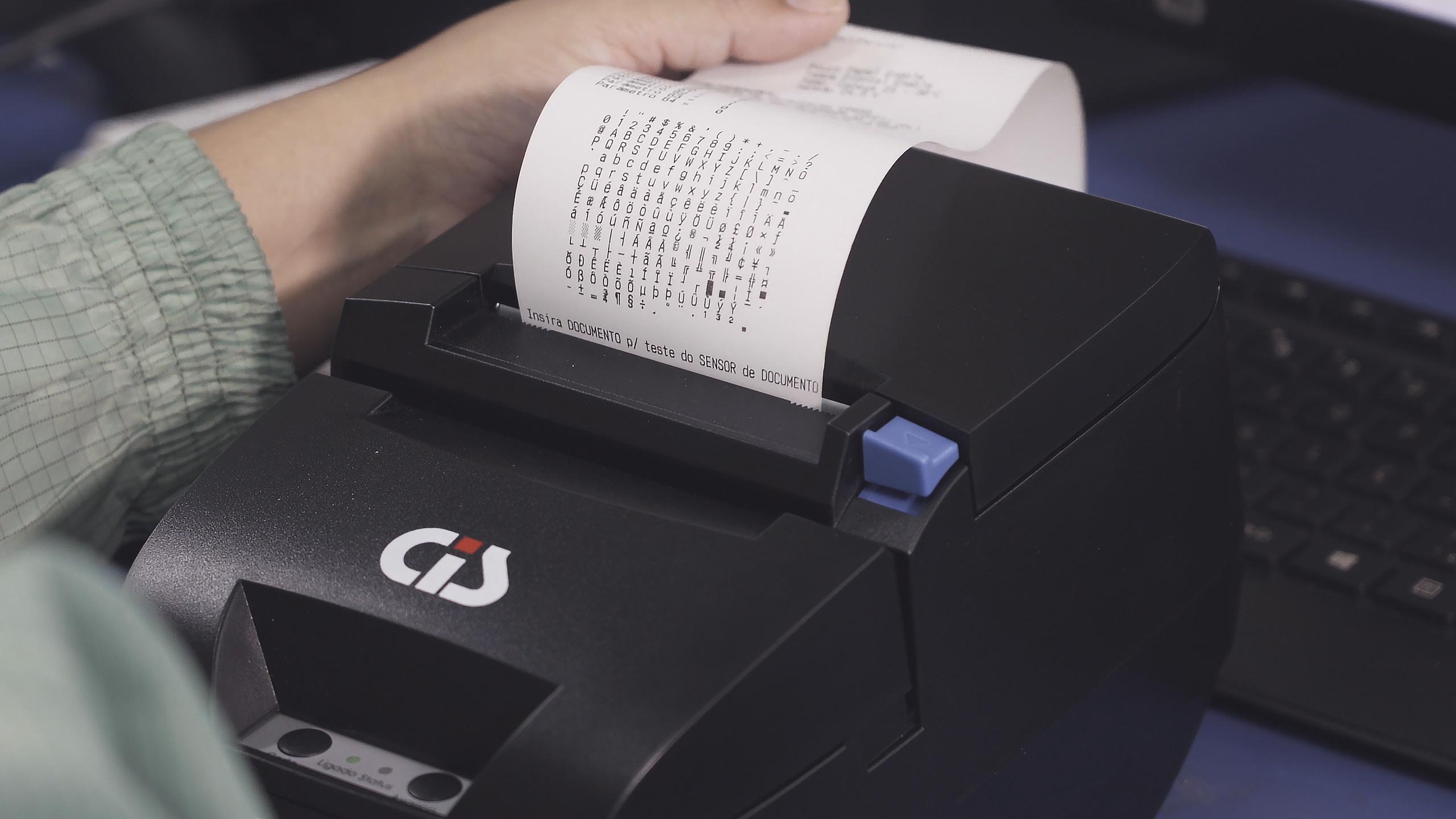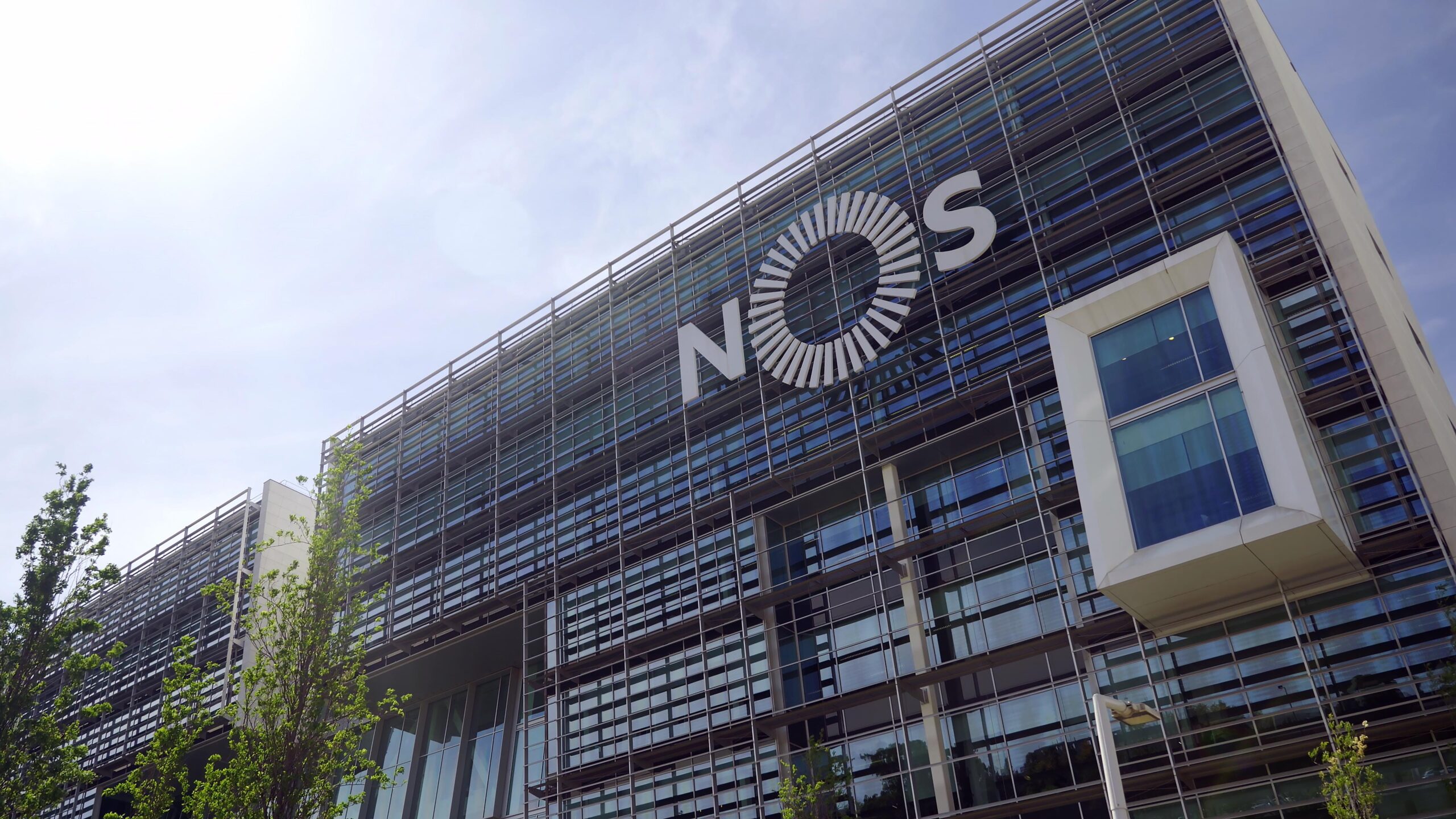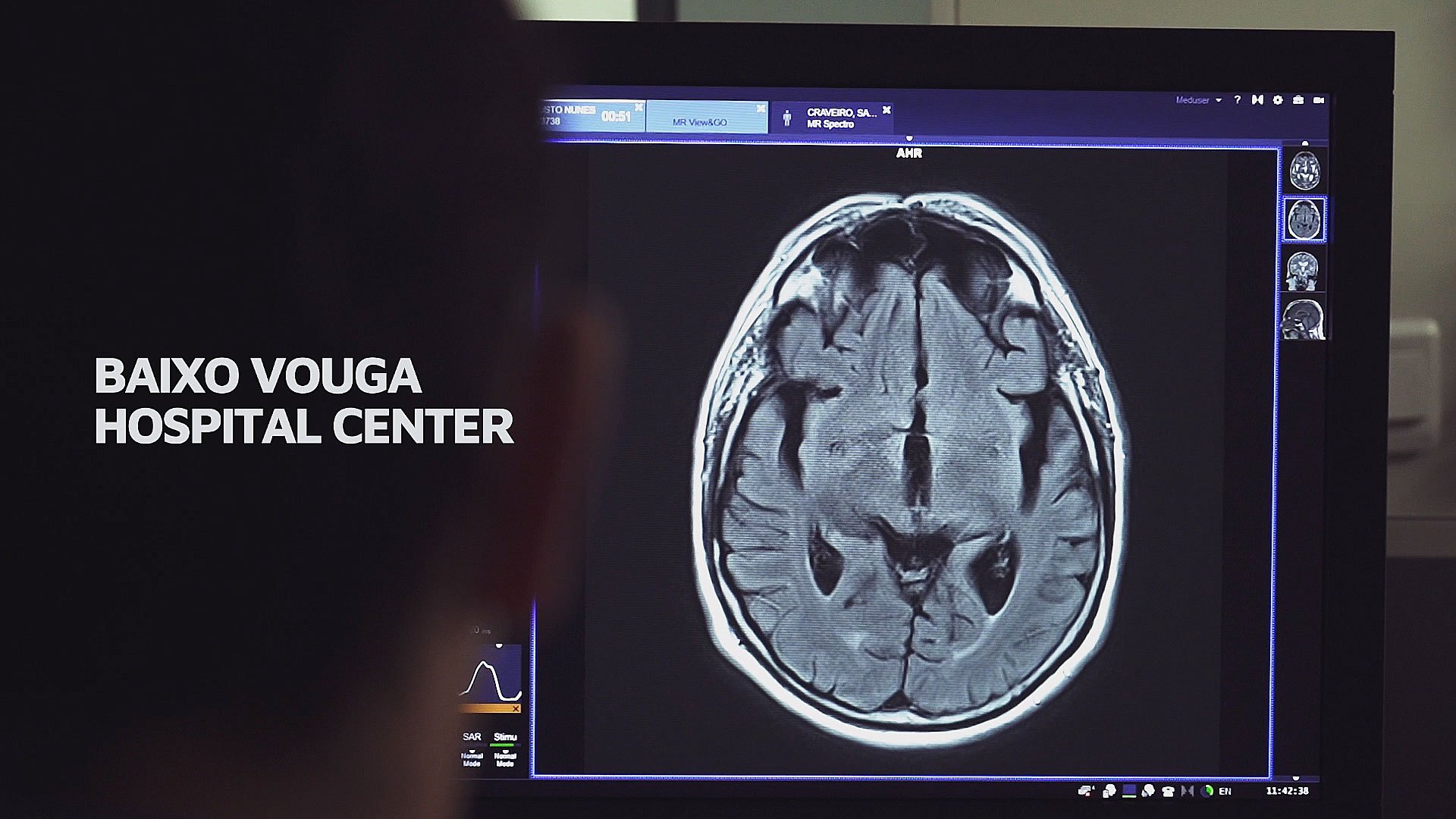CHBV Optimizes Workstation Costs
About Centro Hospitalar do Baixo Vouga
Established almost a decade ago, CHBV comprises three hospitals and aims to position itself as the best healthcare provider in the Aveiro region and the best place to work in the healthcare sector. Its physical influence spans almost the entire “Baixo Vouga” region, encompassing over 350,000 inhabitants.
In 2023, they estimate performing more than 240,000 consultations, achieving a total of 104.9M euros in revenue and having about 2016 permanent employees. With the aim of promoting the balance between professional, personal, and family life of their employees, and aligned with the Sustainable Development Goals (SDGs), CHBV implemented in 2022 the project Conciliar+.
Challenge
CHBV has about 2000 professionals with 24/7 access needs to a vast ecosystem of Information Technologies (IT). In this ecosystem, there are more than 1200 workstations with high security, reliability, and performance requirements. Despite the continued efforts to optimize the acquisition costs of these equipment, a set of analytics around helpdesk time spent, repair logistics, and even amount of electrical energy consumed, pointed to a different reality: acquisition was only 30% of the total ownership cost of these equipment.
Thus, for effective cost optimization, the focus should extend beyond hardware and software acquisition to encompass the entire life cycle, including operation, maintenance, support, and repair. It was in this context that CHBV challenged the market to present a solution with effective cost reduction throughout the workstation’s life cycle, while maintaining or ideally improving security, reliability, and performance.
Solution
CHBV advanced with an Application and Workstation Virtualization Platform, based on Enterprise Open Workspace’s (EOW) product. The healthcare application ecosystem was virtualized in EOW, with Application Streaming technology, which allowed its consolidation and optimization, as well as independent access by the professional’s equipment and location. In the project’s second phase, many workstations were replaced with ‘Plug, Forget, and Disposable Clients‘, specifically the Raspberry Pi.
Additionally, to ensure maximum security and privacy in accessing applications, CHBV took advantage of EOW’s Advanced Authentication mechanisms. These, together with an Untrusted End Devices paradigm, ensure that potential workstation security challenges do not have the ability to compromise important applications and information.
Key Metrics
90
80
70
50
Benefits
- Compared to traditional equipment (hardware and software), the use of, for example, Raspberry Pi allowed for a 90% reduction in acquisition costs.
- RPi based workstation, with cost and energy consumption of about 80-90% less than previous equipment.
- RPi reduced and simplified the workstation’s hardware and OS, which improved security, reliability, and performance in accessing CHBV’s application ecosystem through EOW.
- Over 70% decrease in application maintenance and support costs. Without locally installed healthcare applications, it was possible to reduce and, in many cases, eliminate various topologies of tasks, incidents, and problems, particularly those that required travel for hardware and software updates or repairs.
- Over 50% increase in application performance and consequently professional productivity, thanks to the ability to execute applications with the computational capacity and proximity of CHBV’s data centers.
- With EOW, all business applications are now in a uniform and centralized computational environment, drastically reducing management costs and operationalizing anti-virus, anti-malware, and disaster recovery strategies.
- Centralized management of user access and permissions, while simultaneously maintaining control and security.
78,4%
Reduction in life cycle costs
Estimated savings in 3 years per 1000 workstations




